20 years on, Max Payne is still an action masterpiece
It's Max Payne's 20th anniversary today, so we're re-running this article from last year about why it's such an enduring classic.
As an apocalyptic blizzard blankets New York City in snow, a hard-boiled cop named Max Payne—a man with nothing to lose and an endless supply of metaphors—embarks on a bloody quest for vengeance.
Max returns home one day to find his wife and newborn daughter dead, killed by junkies hopped up on a new designer drug called Valkyr. Three years later he's with the DEA, working deep undercover inside the Punchinello crime family, the biggest Valkyr trafficker in the city. Then shit hits the fan.
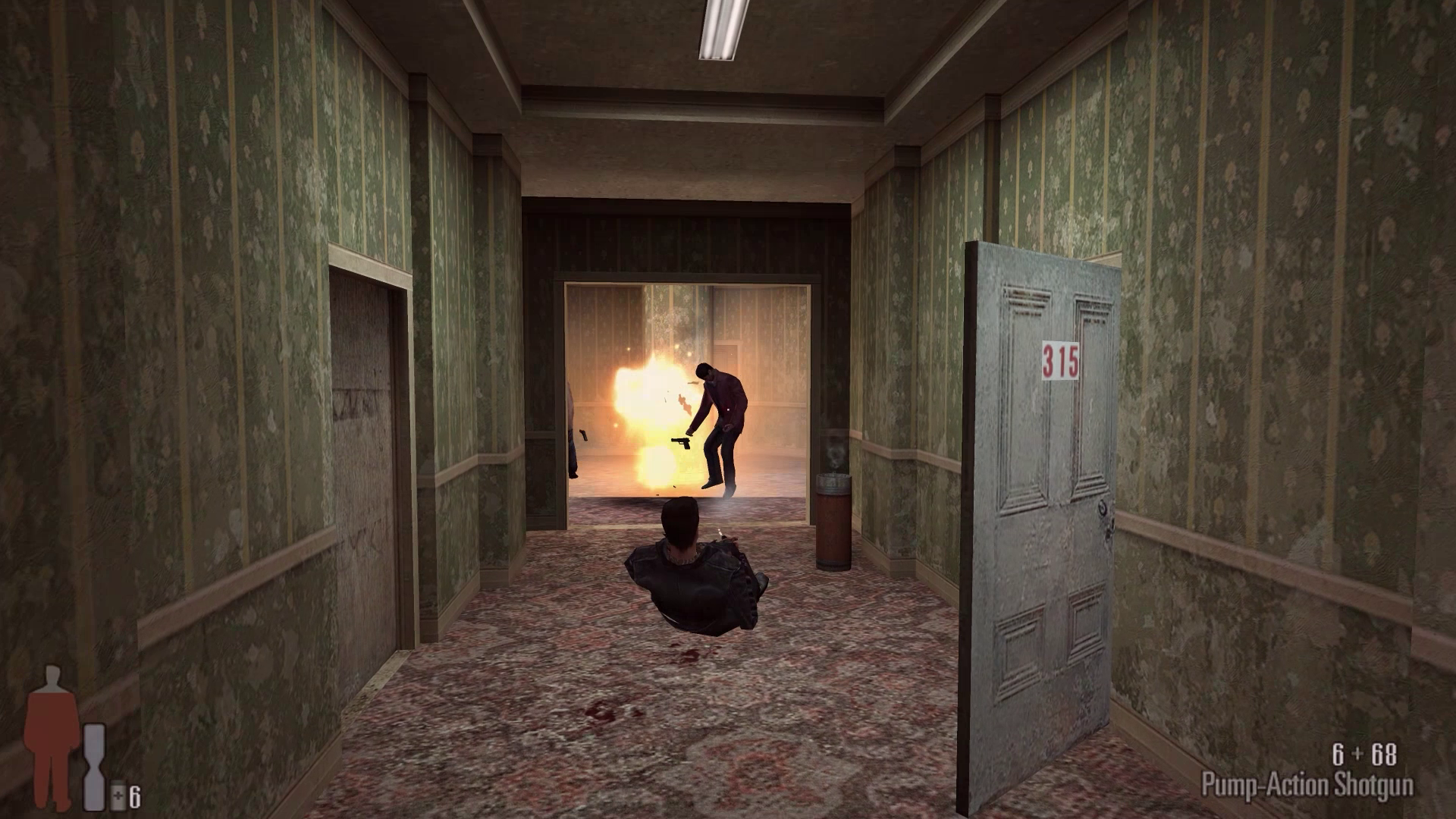
Payne is framed for the murder of a fellow DEA agent, and soon finds himself on the run from the NYPD, the mob, and a sinister secret society known as the Inner Circle. It's a good thing he's handy with a gun.
Released on PC in 2001 and developed by Remedy Entertainment, Max Payne was one of the first games to make a feature out of Bullet Time—the effect popularised by The Matrix, which had become a phenomenon two years earlier.
During combat you can send Max into a graceful slow-motion dive, which results in some wonderfully chaotic, cinematic, and blood-soaked firefights.
Diving into a room and wiping out an entire group of armed goons in a single flurry of bullets, Molotovs exploding theatrically around you, is immensely satisfying—and still looks impossibly cool, nearly 20 years later.
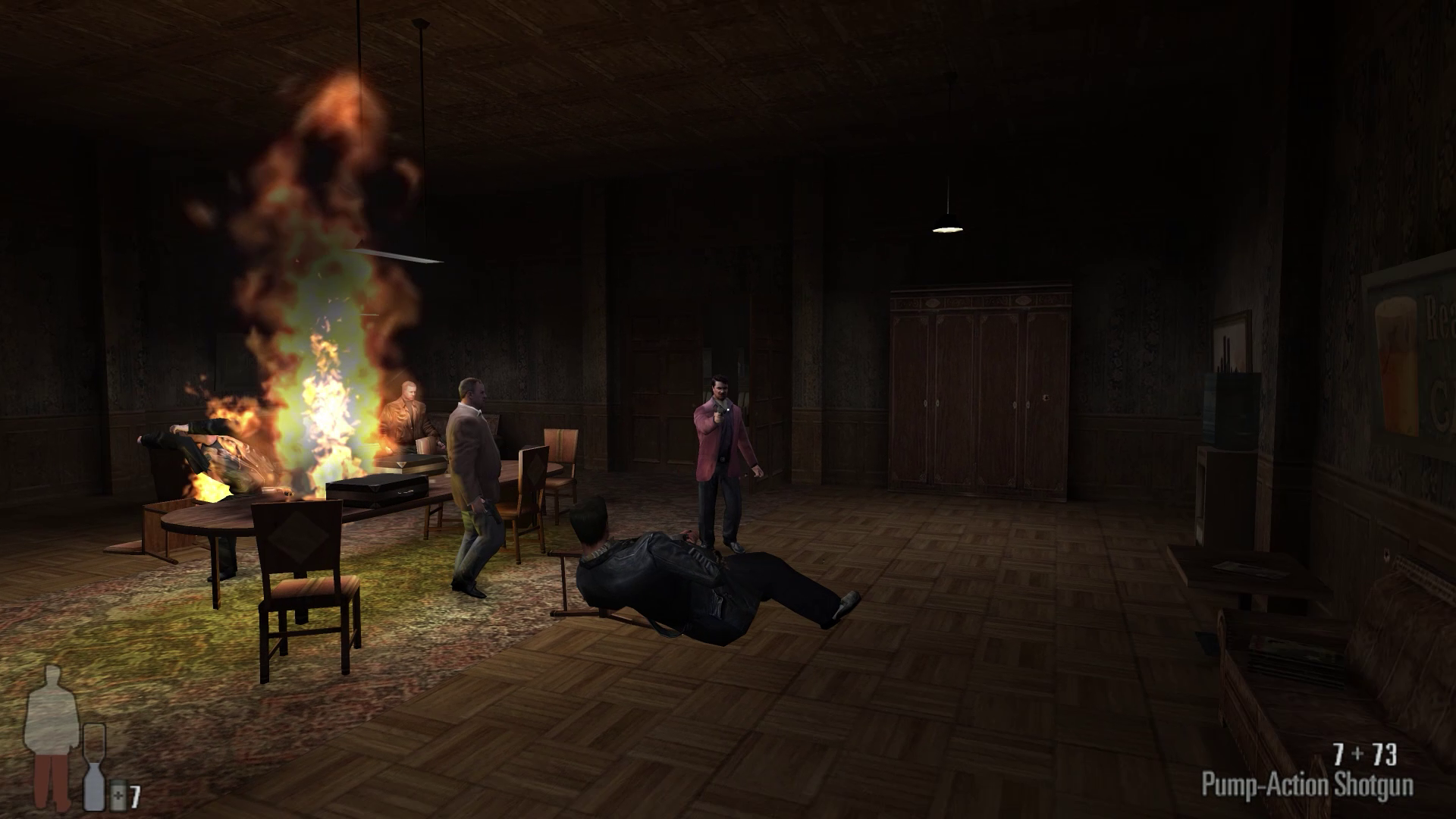
It almost feels like a puzzle game at times, figuring out the most efficient, ruthless way to clear a room based on the weapons you're carrying, where the enemies are placed, and how full, or empty, your Bullet Time meter is.
Bullet Time is a resource in Max Payne, and managing it is key to surviving its many challenging combat set-pieces. A regular enemy can obliterate your health bar with one carefully placed shotgun blast, so you really have to think before you shoot. There's nothing more embarrassing than charging into a room, realising you don't have any Bullet Time, then eating a faceful of lead.
The enemy AI isn't particularly smart, but these wise-cracking gangster thugs, with their hilariously over-the-top New Jersey accents, make for entertaining cannon fodder. Most battles are over in seconds. A fury of muzzle flashes, then suddenly, quiet. The sound of bodies and empty shell casings hitting the floor, and maybe a dry one-liner from Max.
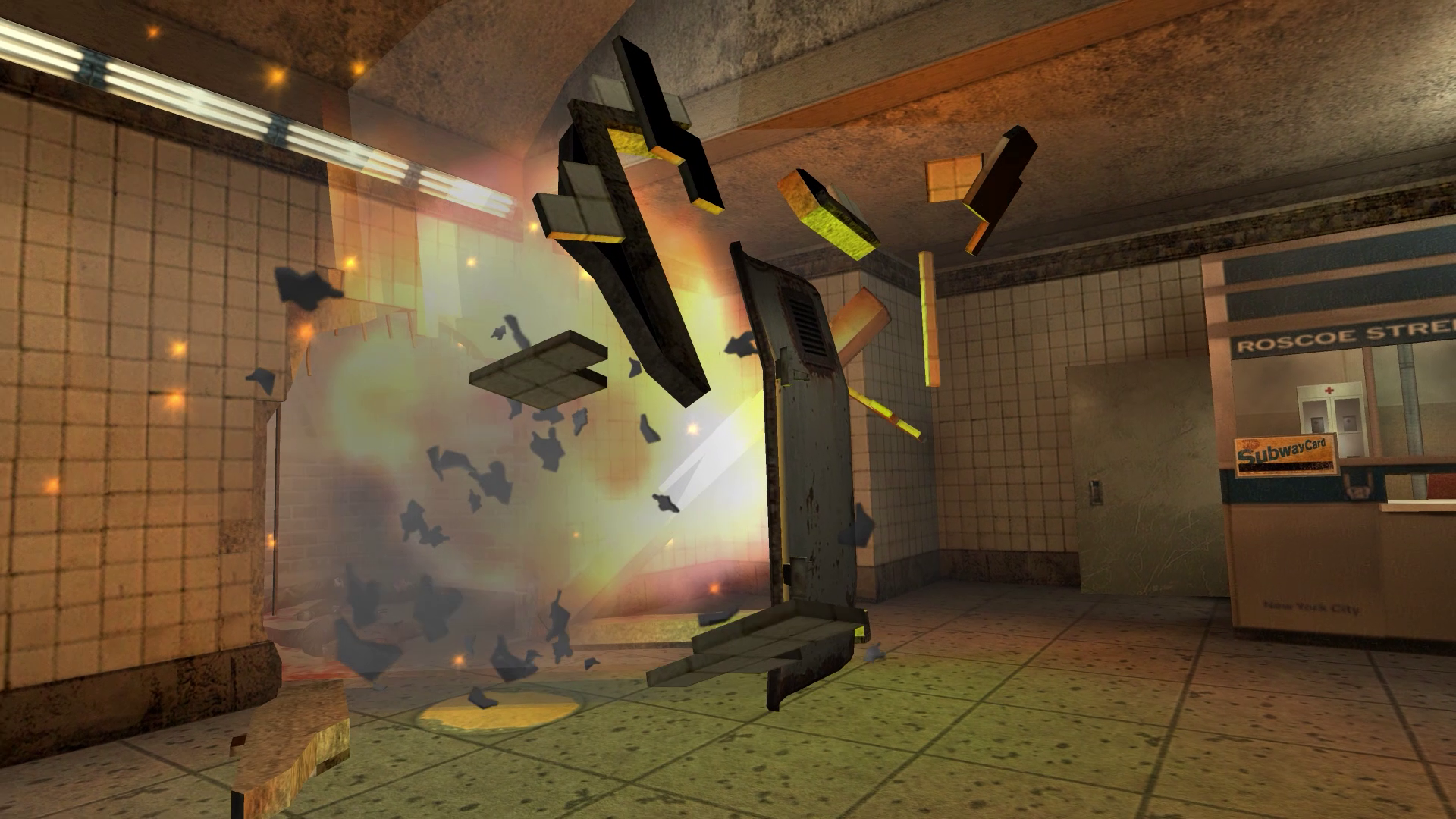
The weapons feel great too, from the deadly rattle of the dual Ingram machine pistols, to the brutal punch of the pump-action shotgun, which sends enemies flying. But there's more to the game than just slow-motion violence.
Max Payne is not shy about flaunting its influences, whether it's Pulp Fiction, John Woo shootouts, classic film noir, David Lynch movies, or, of course, The Matrix. But that's part of its endearing charm. It's a love letter to the classics, paying tribute to, rather than just copying, them.
Remedy's games are always steeped in pop culture, and Max Payne is loaded with self-aware references, wink-to-camera moments, and a surprising amount of Tom and Jerry-style slapstick. It could have easily been a pretentious, straight-faced crime story, but writer Sam Lake's knack for the weird gives Max Payne a distinctively idiosyncratic personality.
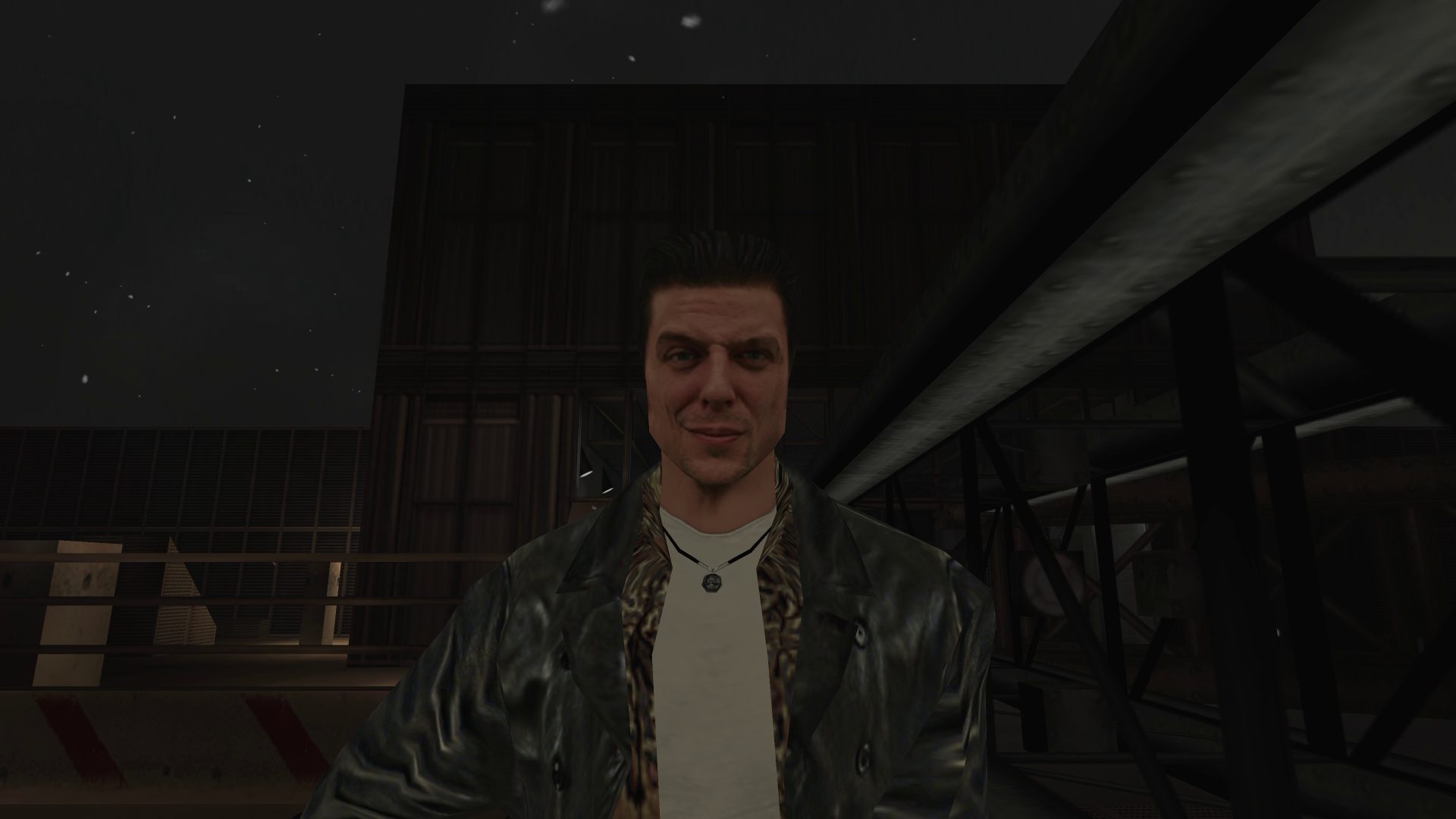
Max is played brilliantly by actor James McCaffrey, who brings a whiskey-soaked gravity to Lake's dialogue. He's the archetypal loner cop, whose metaphor-heavy musings are drenched in cliche, doubling down on film noir stereotypes with a knowing splash of irony.
Much of the story is relayed through comic book panels, which suits the pulpy tone of the game perfectly. Lake also delights in breaking genre and exploring more esoteric subject matter, including Norse mythology and the occult.
And what begins as a fairly straightforward revenge tale soon veers into stranger territory, including surreal interactive dream sequences that aren't that much fun to play, but are genuinely unsettling.
Creating an atmosphere is something else Max Payne does magnificently. Its vision of New York is relentlessly bleak and grimy, taking you on a grand tour of dilapidated apartment blocks, fleabag hotels, and seedy nightclubs.
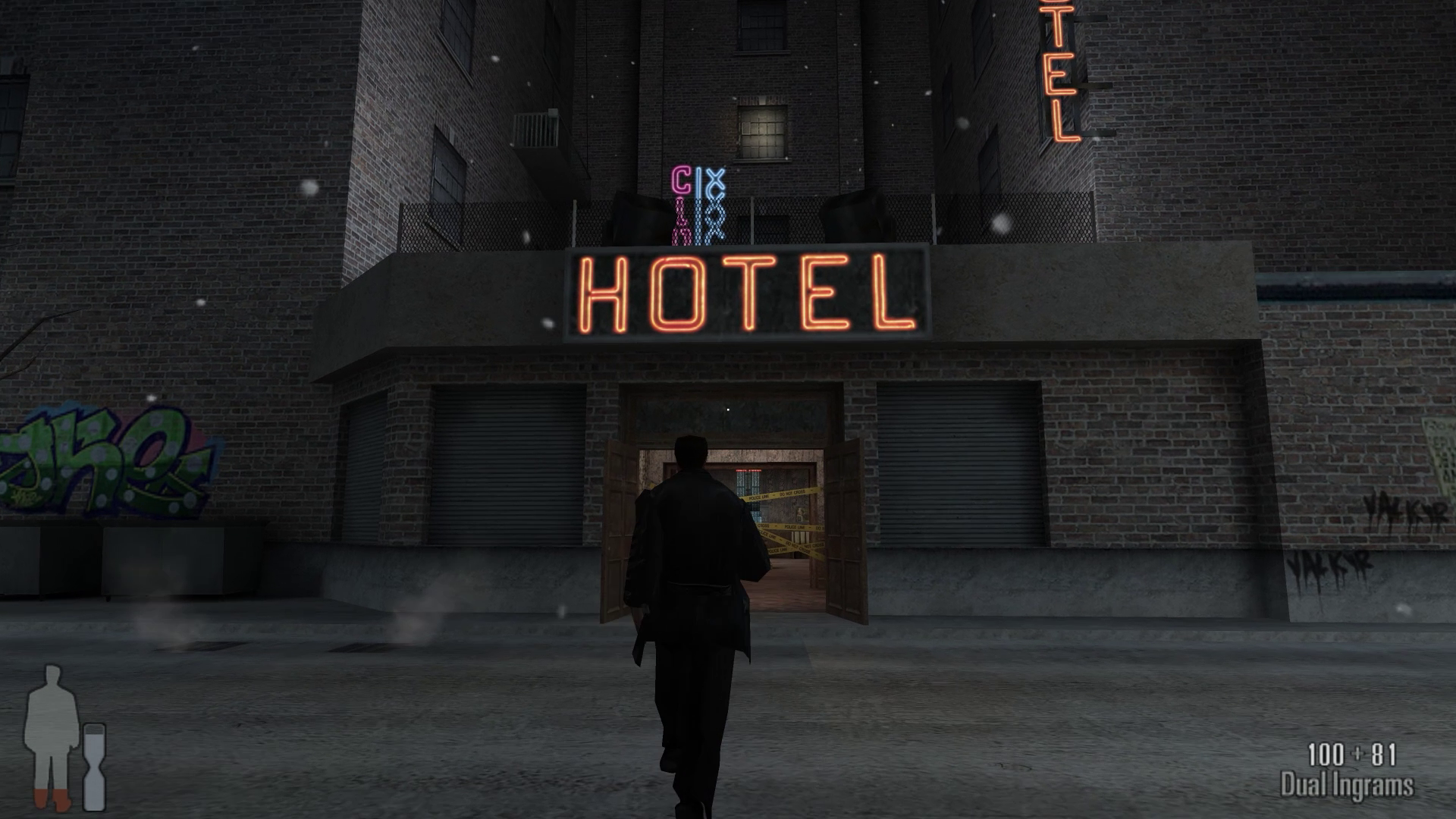
NYC almost feels mythical, or like some nightmare playing out in Max's fractured psyche. The relentless snow and eerie, empty streets give the game an oddly dreamlike feel. Ragnarok, the Norse apocalypse, is invoked several times, and you really do feel like you're witnessing the end of the world.
Surprisingly, the game still looks great thanks to the strength of its art direction, its use of light and shadow, and those dazzling slow-motion particle effects. It holds up remarkably well, despite its age.
Replaying it today, I'm more certain than ever that Max Payne belongs in the same pantheon of PC classics as Doom, Deus Ex, and Half-Life.
Max's violent odyssey through the blizzard-battered streets of New York is every bit as thrilling as it was back in 2001, and time has not dulled the game's sense of humour, attention to detail, and gloriously cinematic combat.

Post a Comment